Panch Pokhari Trek
The Panch Pokhari Trek is a relatively new and off-the-beaten-path trek in the Himalayas of Nepal. This trek is perfect for those looking for an adventure in a remote and unspoiled part of Nepal, away from the crowds of trekkers on more popular routes.
The trek takes you through diverse landscapes, from terraced fields and lush forests to barren ridges and high-altitude lakes. One of the highlights of the trek is reaching Panch Pokhari, which literally means “five lakes” in Nepali. This group of sacred lakes is a popular pilgrimage site for both Hindus and Buddhists and is said to be the home of the Hindu God Shiva. The turquoise-blue lakes surrounded by snow-capped mountains are a stunning sight to behold.
The Panch Pokhari Trek begins with a scenic drive from Kathmandu to Chautara, the starting point of the trek. From there, you will trek through small villages and lush forests, ascending gradually to higher altitudes. The trek can be challenging at times, with steep climbs and descents, but the stunning views along the way are well worth the effort.
As you trek higher, the landscape changes to more barren ridges and alpine meadows. You will pass through traditional Tamang and Sherpa villages, getting a glimpse of the local culture and way of life. The final stretch of the trek takes you to Panch Pokhari, where you will have a rest day to explore the lakes and surrounding area.
The trek then descends back to lower altitudes, passing through more villages and terraced fields before reaching Melamchi Bazaar. From there, you will drive back to Kathmandu, where you can reflect on your adventure and share your experiences with fellow travelers.
The Panch Pokhari Trek is a moderate to difficult trek that requires a good level of fitness and preparation. Altitude sickness can also be a concern, so it is important to acclimatize properly and follow the advice of your experienced guide
Outline Itinerary:
Day 1: Arrival in Kathmandu
Day 2: Sightseeing and trek preparation in Kathmandu
Day 3: Drive from Kathmandu to Chautara (1,450m/4,760ft)
Day 4: Trek from Chautara to Phurse (2,065m/6,780ft)
Day 5: Trek from Phurse to Kami Kharka (2,830m/9,280ft)
Day 6: Trek from Kami Kharka to Pauwa Bas (3,000m/9,840ft)
Day 7: Trek from Pauwa Bas to Hille Bhanjyang (3,400m/11,150ft)
Day 8: Trek from Hille Bhanjyang to Nasim Pati (3,700m/12,140ft)
Day 9: Trek from Nasim Pati to Panch Pokhari (4,100m/13,450ft)
Day 10: Rest day and exploration around Panch Pokhari
Day 11: Trek from Panch Pokhari to Tupi Danda (2,350m/7,710ft)
Day 12: Trek from Tupi Danda to Dhap (1,200m/3,940ft)
Day 13: Trek from Dhap to Melamchi Bazaar (800m/2,625ft)
Day 14: Drive from Melamchi Bazaar to Kathmandu
Day 15: Departure from Kathmandu
Itenerary
-
Detail Itinerary
Day 1: Arrival in Kathmandu Upon your arrival in Kathmandu, you will be greeted by a representative of your trekking company and transferred to your hotel. You will have the rest of the day to rest and explore the city.
Day 2: Drive to Chautara (1,450m) After breakfast, you will drive to Chautara, the starting point of the trek. The drive takes approximately 5 hours and offers beautiful views of the countryside. Once you arrive in Chautara, you will rest and prepare for the trek.
Day 3: Trek to Sano Okhareni (1,985m) Your trek begins with a gradual ascent through small villages and terraced fields. You will pass through lush forests of oak, rhododendron, and pine trees before reaching Sano Okhareni, where you will spend the night.
Day 4: Trek to Kami Kharka (2,730m) Today’s trek is steeper, as you climb up through forests of oak, rhododendron, and pine trees. You will pass through several small villages and rest stops before reaching Kami Kharka, a beautiful meadow with stunning views of the surrounding mountains.
Day 5: Trek to Pauwa Bas (3,000m) You will continue to ascend through forests and meadows, passing several waterfalls and streams along the way. You will eventually reach Pauwa Bas, a small village with a few teahouses.
Day 6: Trek to Hille Bhanjyang (3,400m) Today’s trek is a steep climb up to Hille Bhanjyang, a high ridge with stunning views of the Himalayas. You will pass through several small villages and rest stops before reaching your destination for the day.
Day 7: Trek to Nasim Pati (3,700m) Today’s trek is a gradual ascent through alpine meadows and forests. You will pass by several small lakes and streams before reaching Nasim Pati, a beautiful campsite with stunning views of the Himalayas.
Day 8: Trek to Panch Pokhari (4,100m) Today’s trek is the highlight of the trip, as you reach Panch Pokhari, the group of five sacred lakes. The trek is steep and challenging, but the turquoise-blue lakes surrounded by snow-capped mountains are a stunning sight to behold.
Day 9: Rest day at Panch Pokhari You will have a rest day to explore the lakes and surrounding area. This is a sacred site for both Hindus and Buddhists, and you can see many pilgrims coming to offer prayers and pay their respects.
Day 10: Trek to Tupi Danda (3,200m) Today’s trek is a steep descent back to lower altitudes. You will pass through several small villages and terraced fields before reaching Tupi Danda, a beautiful viewpoint with stunning views of the surrounding mountains.
Day 11: Trek to Dhap (1,200m) Today’s trek is a gradual descent through forests and small villages. You will eventually reach Dhap, a small village on the banks of the Indrawati River.
Day 12: Trek to Melamchi Bazaar (830m) Today’s trek is a gradual descent through terraced fields and small villages. You will eventually reach Melamchi Bazaar, where you will stay for the night.
Day 13: Drive back to Kathmandu After breakfast, you will drive back to Kathmandu, where you will have the rest of the day to rest and explore the city.
Day 14: Departure from Kathmandu Your Panch Pokhari Trek comes to an end today. After breakfast, you will be transferred to the airport for your flight back home or to your next destination. Alternatively, you can extend your stay in Nepal and explore other parts of the country.
Full Board
Cost Includes:
Cost Excludes:
BC Service
Cost Includes:
Cost Excludes:
Price per person
Usefull Information
Inclusions:
- Airport transfers (pick up and drop off)
- Accommodation in Kathmandu (3-star hotel) on a bed and breakfast basis
- Domestic flight from Kathmandu to Lamosangu
- All necessary permits for the trek
- All meals (breakfast, lunch, and dinner) during the trek
- Tea house accommodation during the trek
- Experienced trekking guide and necessary porters
- First aid kit
- Insurance for the trekking staff
- Government taxes and service charges
Exclusions:
- International airfare to/from Kathmandu
- Nepalese visa fees
- Lunch and dinner in Kathmandu
- Extra nights in Kathmandu (can be arranged at an additional cost)
- Personal expenses such as laundry, telephone calls, and alcoholic beverages
- Tips for the guide and porters (recommended but not mandatory)
- Travel insurance (highly recommended)
- Any other expenses not mentioned in the inclusions list
FAQs
-
What is the Panch Pokhari Trek?
The Panch Pokhari Trek is a scenic trekking route in the Langtang region of Nepal that leads to a group of five sacred alpine lakes known as Panch Pokhari. It offers stunning views of the Himalayas, diverse landscapes, and cultural experiences with the local Tamang and Sherpa communities.
-
How long does it take to complete the Panch Pokhari Trek?
The duration of the Panch Pokhari Trek typically ranges from 10 to 14 days, depending on the specific itinerary chosen, trekking pace, and acclimatization needs. This includes both the trek to Panch Pokhari and the return journey.
-
When is the best time to do the Panch Pokhari Trek?
The best time to trek the Panch Pokhari Trek is during the spring (March to May) and autumn (September to November) seasons. These months offer stable weather, clear skies, and moderate temperatures, making for ideal trekking conditions.
-
Is the Panch Pokhari Trek difficult?
The Panch Pokhari Trek is considered to be moderately challenging, suitable for trekkers of all experience levels. While it involves some uphill climbs and rough terrain, the overall difficulty level is lower compared to more strenuous treks in the region.
-
What permits are required for the Panch Pokhari Trek?
Trekkers need to obtain a Langtang National Park Entry Permit and a TIMS (Trekkers’ Information Management System) Card, which can be arranged through a registered trekking agency in Nepal.
-
What is the highest point reached on the Panch Pokhari Trek?
The highest point reached on the Panch Pokhari Trek is Panch Pokhari Pass, which sits at an altitude of around 4,100 meters (13,451 feet). This pass offers panoramic views of the surrounding Himalayan peaks.
-
What are the accommodation options along the Panch Pokhari Trek?
Accommodation options along the Panch Pokhari Trek include teahouses, guesthouses, and basic lodges in villages and settlements along the route. These provide simple rooms with communal dining areas and shared bathroom facilities.
-
Are there any side trips or attractions along the Panch P.
Yes, there are several side trips and attractions you can explore during the Panch Pokhari Trek, including visits to nearby monasteries, traditional villages, and viewpoints for panoramic mountain views.
-
Do I need a guide for the Panch Pokhari Trek?
While it’s not mandatory to hire a guide for the Panch Pokhari Trek, it’s recommended, especially for those unfamiliar with the terrain or traveling solo. Guides can provide valuable assistance, navigation, and cultural insights during the trek.
-
 Best Seasons spring
Best Seasons spring -
 Duration 15 days
Duration 15 days -
 Trek Difficulty Moderate
Trek Difficulty Moderate
Trip Fact
Quick Inquiry


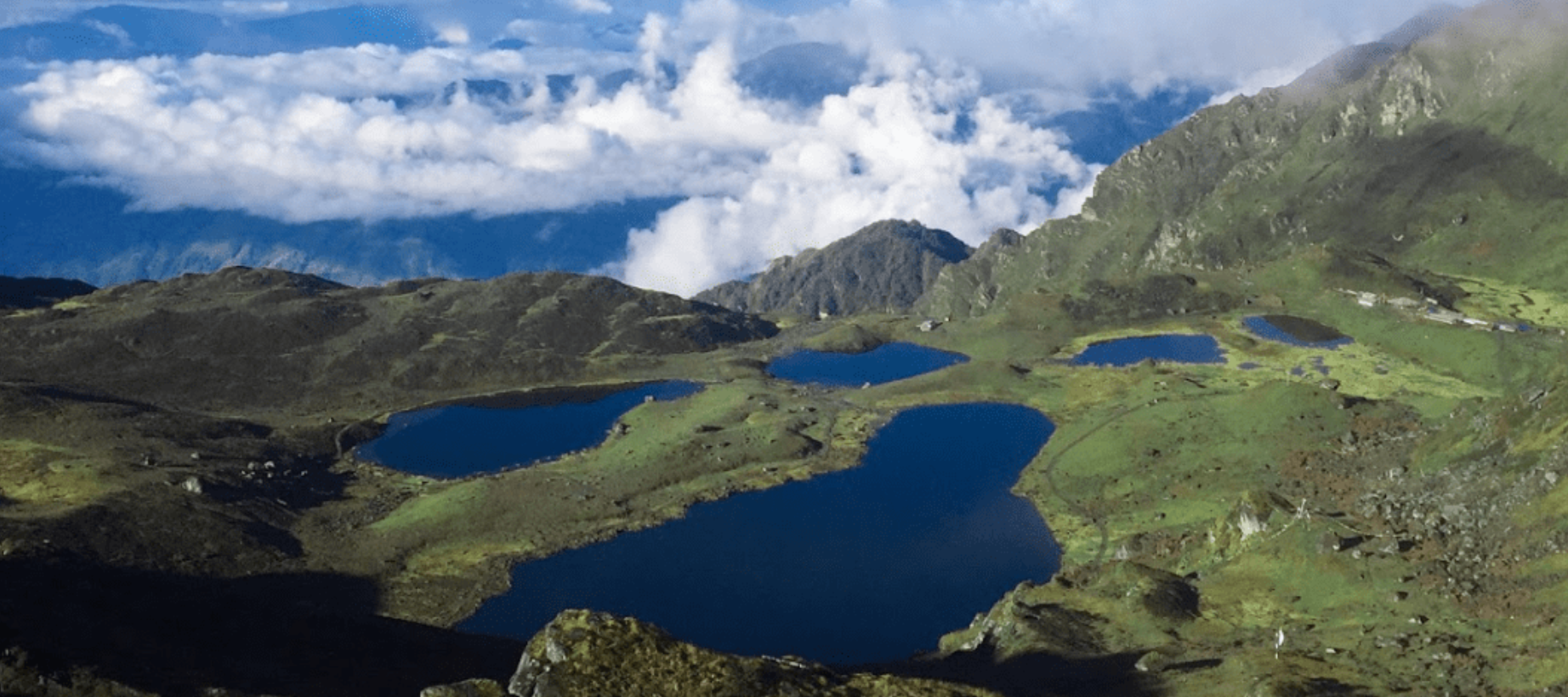

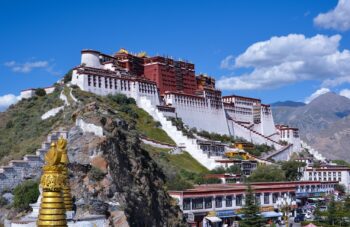
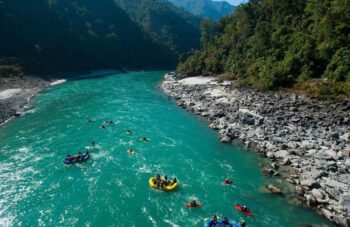
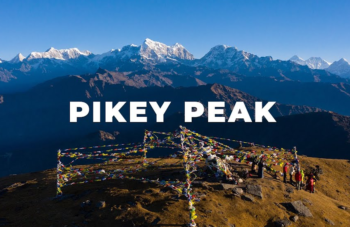
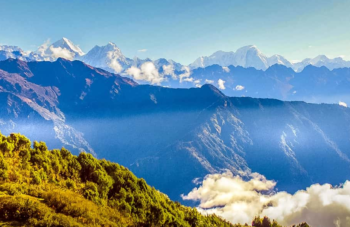
Leave a Reply